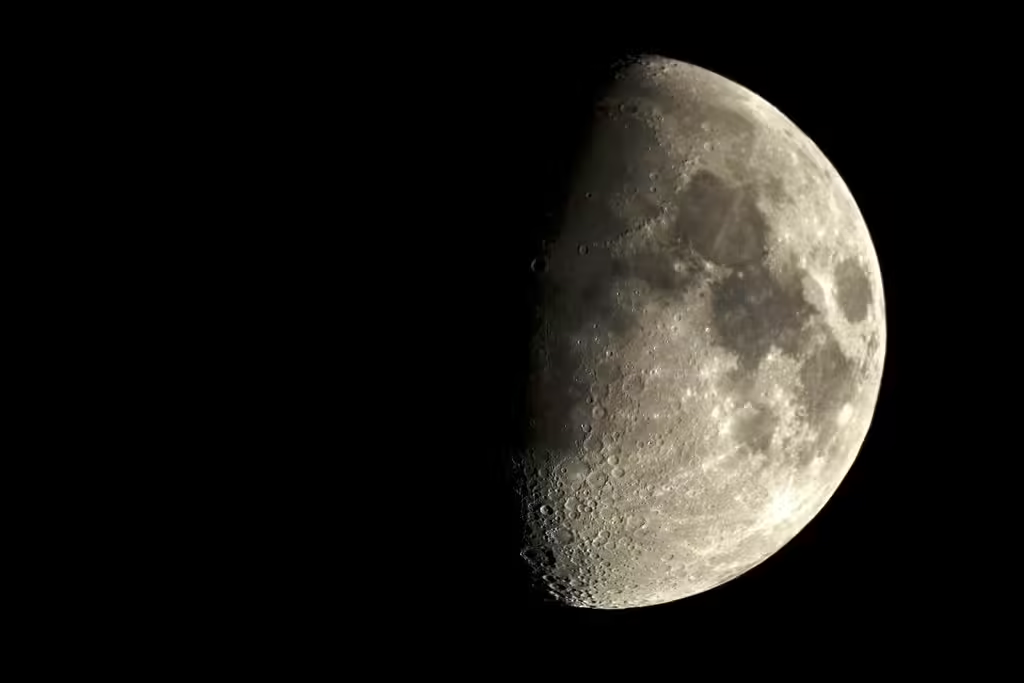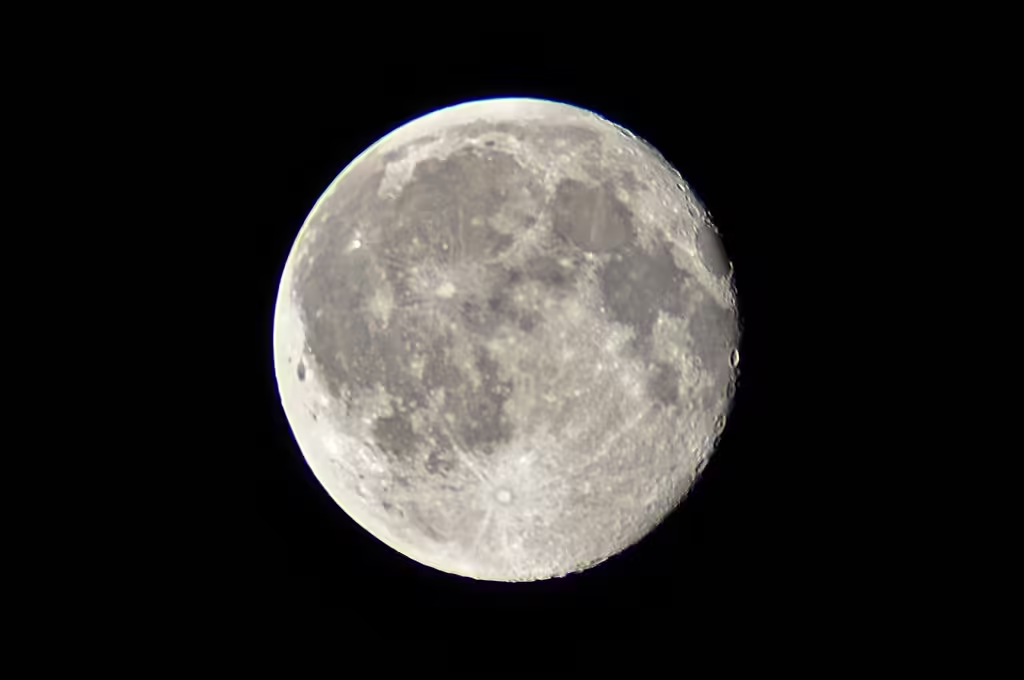Table of Contents
Here’s what a billion years does to glass on the moon
If you leave glass outside for several billion years without any air or water flowing through it, what happens to it? By examining the naturally occurring glass on the moon, we can discover the answers to that question. Even though the moon does not have the characteristics that typically weather rocks or minerals on Earth, it is nevertheless a satellite. It is known to scientists that the lunar surface bears the scars of extended radiation exposure. Now, a team that published their findings in the journal Science Advances yesterday reveals that radiation exposure over billions of years appears to thicken lunar glass.
It might not seem intuitive to look for glass on the moon. The loose material covering the lunar surface, known as regolith, is tainted by small glass spheroids. The substance is continuously bombarded by meteoroids, which melts it into tiny pools. Glass is formed when the molten regolith cools down again.
Glass is much more than just the translucent, brittle material that covers windows. According to scientists, the substance is what happens when a liquid cools quickly without its atoms falling into a predetermined shape. Because of this, some scientists view glass as a distinct state of matter in and of itself.
Furthermore, glass changes over billions of years, even on the moon. The moon is exposed to radiation, which is something that our planet’s atmosphere normally blocks away, despite not having a substantial atmosphere or flowing water to weather rocks as on Earth. A portion originates from the sun, while some travel much beyond as cosmic rays. Nevertheless, the consequences accumulate after billions of years of radiation exposure.

For a long time, geologists have been curious about how radiation impacts lunar soil. According to Rhonda Stroud, an Arizona State University space materials scientist who was not involved in the paper’s writing, “there have been 20 years worth of studies on it.”
A significant portion of the effort involves radiation-exposing “simulants,” which are facsimiles of lunar soil. However, Stroud notes that analyzing large numbers of material particles makes it difficult to determine how specific particles behave. According to her, “any single tiny dust particle or sub-millimeter glass sphere could have its own age.” “Regolith churns, things get buried.”
Glass spheres in green color from the Apollo 15 mission.
Fortunately, samples brought back by our moon expeditions have allowed us to possess real lunar glass here on Earth. We may thank the Chang’e-5 lunar lander most recently, which left China in November 2020 and returned in less than a month with 3.81 pounds of mementos.
Chang’e-5 did not land in an area of the moon that had been hit by many meteor strikes, hence it did not return with a lot of glass.
Nevertheless, after sorting through Chang’e-5’s treasure, scientists were able to isolate five distinct glassy particles, each of which was around the size of a human hair. Using a transmission electron microscope, they looked at each particle to see its structure. In order to examine how each particle responded to force, they also applied a small probe to each one.
After heating the samples to liquid temperatures of more than 1100 degrees Fahrenheit, holding them there for a minute, and allowing them to cool, the researchers “rejuvenated” the samples.
By doing identical microscopy and pressure tests on the de-aged materials, they were able to determine the particle’s original appearance, even after billions or even hundreds of millions of years spent exposed to radiation on the moon.
They discovered a significant shift in a characteristic known to engineers as the Young’s modulus, which expresses the amount of force required for a material to distort by a specific length. If the researchers’ restored samples were any guide, extended radiation exposure raised the glass’s Young’s modulus by as much as 70%. Radiation also appeared to somewhat harden some of the particles.
These findings may aid in the understanding of how glass functions in extraterrestrial soil. Furthermore, the research team thinks it might shed light on how glass that is made here on Earth behaves.
Actually, according to the authors of this article, lunar glass itself might soon be helpful. Moon-dwellers may have imagined searching through the lunar regolith for glass beads, which they could then craft into glass for their dwellings or vehicles.
However, not everyone can see how research like this one currently gets translated into functional infrastructure. According to Stroud, “the radiation from the solar wind is very, very slow.” “I don’t believe materials that can endure billions of years are necessary.”
read also: America’s Attempt to Detonate a Hydrogen Bomb on the Moon: What Went Wrong?
Here’s what a billion years does to glass on the moon Here’s what a billion years does to glass on the moon Here’s what a billion years does to glass on the moon Here’s what a billion years does to glass on the moon Here’s what a billion years does to glass on the moon Here’s what a billion years does to glass on the moon
Here’s what a billion years does to glass on the moon (msn.com)


1 thought on “Here’s what a billion years does to glass on the moon”